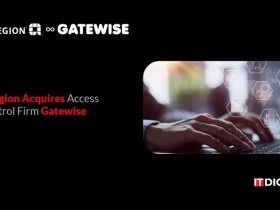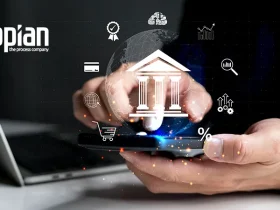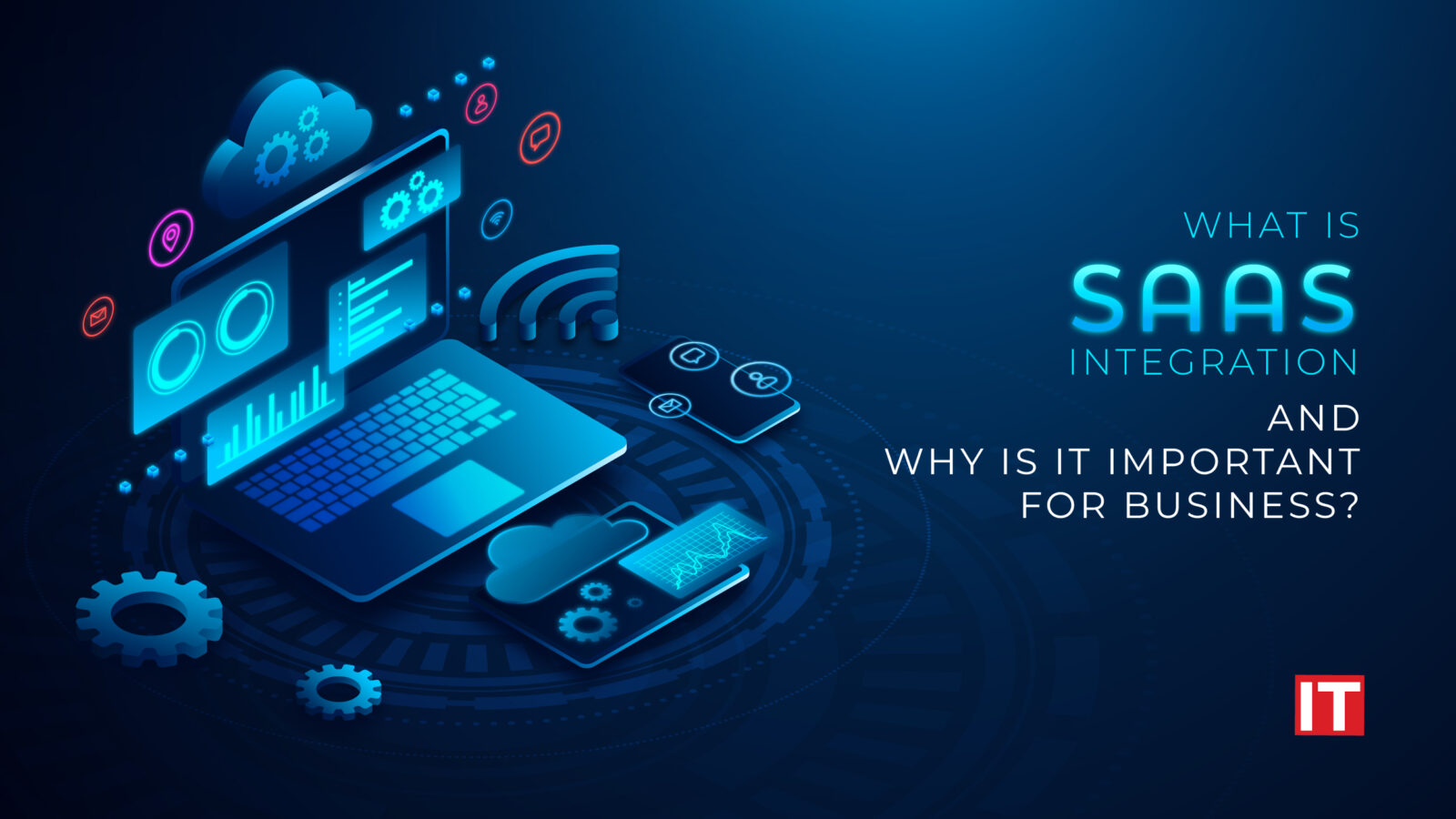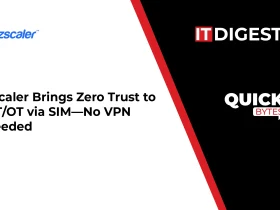In today’s fast-paced digital landscape, businesses rely on a myriad of software applications to streamline their operations and enhance productivity. However, the challenge lies in effectively integrating these applications to ensure seamless data flow and efficient workflows. This blog explores the concept of SaaS integration and how it can address the problems associated with the current practice of disjointed software applications.
What is SaaS Integration?
SaaS integration, or software-as-a-service integration, refers to the process of connecting and synchronizing different software applications within a business’s technology stack. It involves establishing seamless data flow and communication between various SaaS applications, such as Customer Relationship Management (CRM), Enterprise Resource Planning (ERP), Marketing Automation, and more. The integration of SaaS enables businesses to consolidate their data, automate processes, and gain actionable insights for better decision-making.
SaaS Integration Best Practices
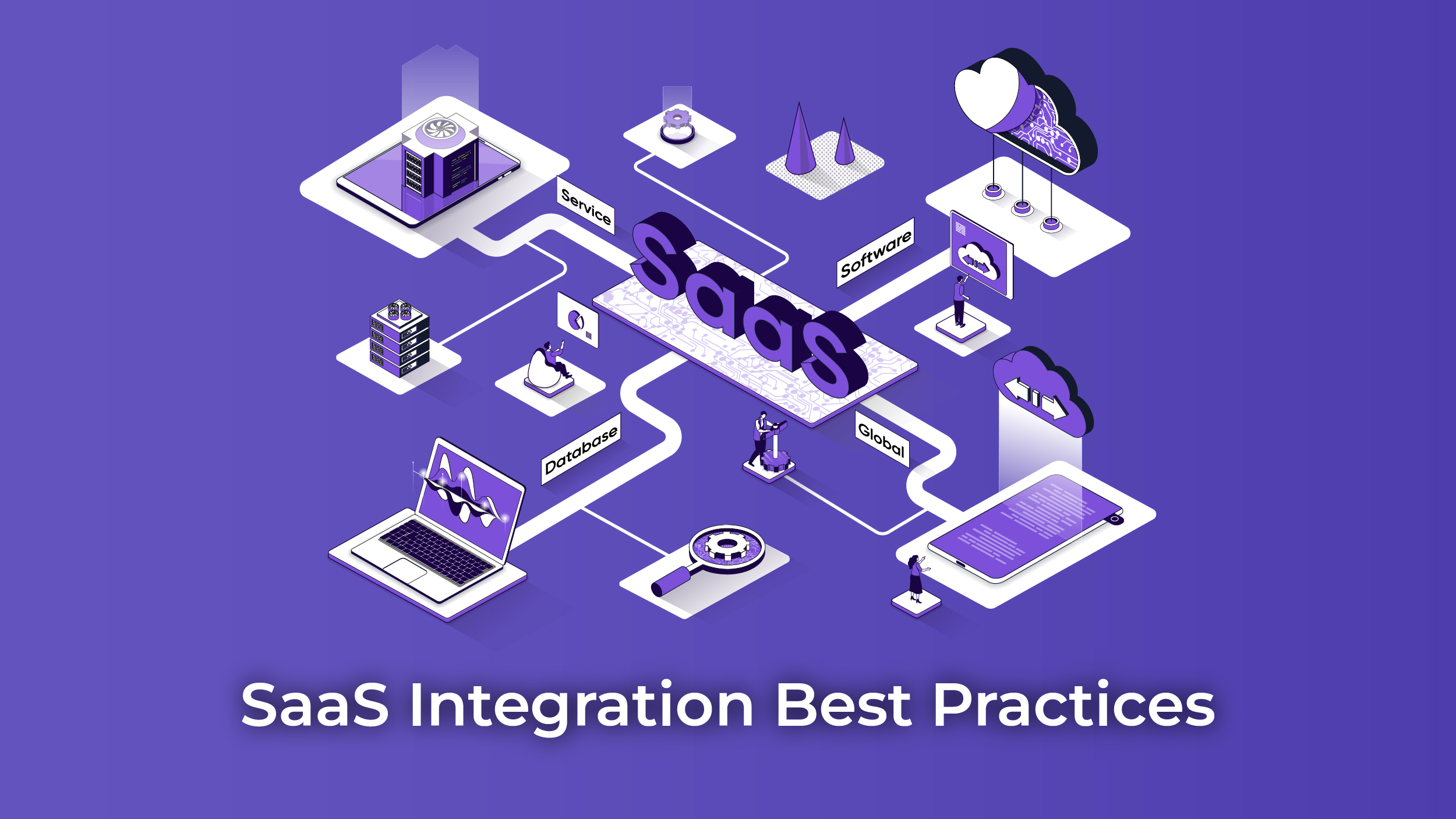 To ensure successful integration, businesses should adhere to the following best practices:
To ensure successful integration, businesses should adhere to the following best practices:
- Define Integration Objectives: Establish the goals and objectives of the integration project. This includes identifying the key data points to be synchronized and the desired outcomes.
- Choose the Right Integration Platform: Selecting the appropriate SaaS integration platform is crucial. Look for platforms that offer seamless connectivity, support for multiple applications, and robust security measures. Some popular SaaS integration platforms include Zapier, Workato, and PieSync (HubSpot).
- Standardize Data Formats: Standardize data formats across different applications to ensure compatibility and consistency. This includes defining data mapping, field naming conventions, and data validation rules.
- Implement Real-time Data Sync: Opt for real-time data synchronization whenever possible to ensure that data is up-to-date across all integrated applications. Real-time sync allows businesses to make informed decisions based on the latest information.
- Ensure Data Security: Protect sensitive data by implementing appropriate security measures. This includes encrypting data in transit and at rest, implementing access controls, and regularly auditing and monitoring data flows.
Also Read: Gemma: Everything You Need to Know About Google’s AI Model
What are SaaS Integration Platforms?
SaaS integration platforms provide the necessary tools and infrastructure to connect and synchronize different SaaS applications. These platforms offer pre-built connectors and APIs (Application Programming Interfaces) that facilitate seamless integration between applications. They eliminate the need for custom coding and enable businesses to quickly and easily set up integrations.
Benefits of SaaS Integration
- Enhanced Efficiency: It eliminates the need for manual data entry and repetitive tasks by automating data flows between applications. This streamlines workflows, reduces errors and improves overall operational efficiency.
- Improved Data Accuracy: It ensures that data is consistent and accurate across all integrated applications. This provides a single source of truth, enabling businesses to make informed decisions based on reliable and up-to-date information.
- Enhanced Customer Experience: Integrating customer-facing applications such as CRM and support systems allows businesses to provide a seamless experience to customers. Customer data is readily available, enabling personalized interactions and improved customer satisfaction.
- Scalability and Flexibility: It enables businesses to easily add or remove applications from their software ecosystem as their needs evolve. This scalability and flexibility allow businesses to adapt quickly to changing market dynamics.
- Cost Savings: By eliminating manual data entry, reducing errors, and improving efficiency, it helps businesses save time and resources. This translates into cost savings and better utilization of human resources.
Understanding the Contrast: SaaS API vs. SOAP API
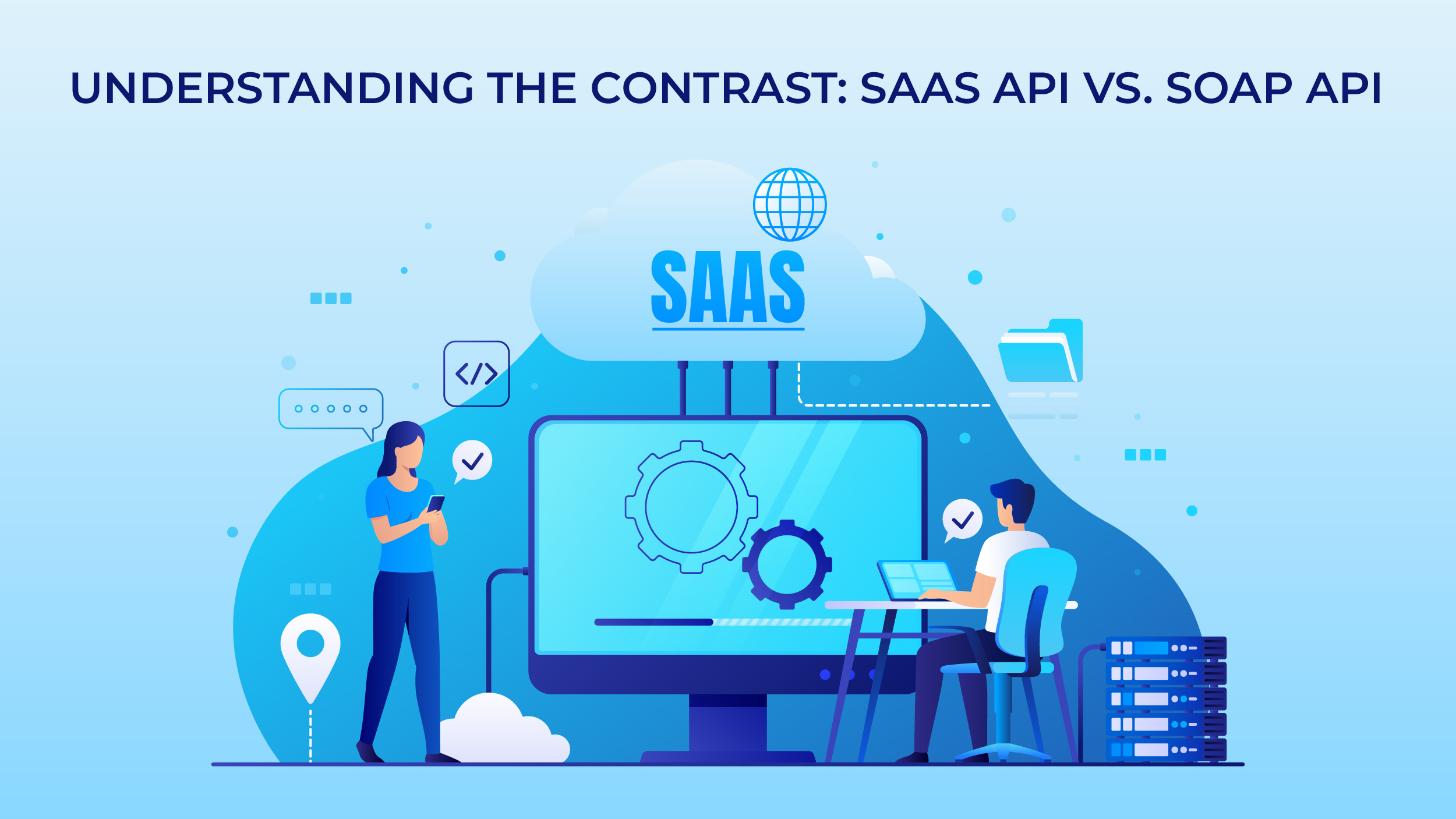 The primary difference between a SaaS API and a SOAP API lies in the underlying protocols they use for communication:
The primary difference between a SaaS API and a SOAP API lies in the underlying protocols they use for communication:
- SaaS API (Software as a Service API): This refers to an API (Application Programming Interface) provided by a SaaS (Software as a Service) platform. SaaS APIs are commonly built using the REST (Representational State Transfer) architecture. RESTful APIs are known for their simplicity, scalability, and ease of use. They typically use HTTP requests to perform CRUD (Create, Read, Update, Delete) operations on resources and exchange data in formats like JSON or XML.
- SOAP API (Simple Object Access Protocol API): SOAP is an older protocol compared to REST and is based on XML messaging. SOAP APIs define a strict set of rules for communication, including message structure and protocol specifications. SOAP APIs are often used in enterprise environments where complex operations and transactions need to be supported. However, SOAP APIs can be more cumbersome to work with compared to REST due to their complexity and verbosity.
Examples of Saas Integration
Some of the best examples are given below:
- Syncing Leads between Marketing Automation Platform and CRM: Connecting platforms like HubSpot and Salesforce enables seamless data flow, ensuring that leads captured and nurtured by the marketing team are promptly available to sales reps for engagement.
- Adding Employees from HRIS Solutions to Gift-Giving Software: Integrating HRIS platforms with gift-giving software allows for the automatic inclusion of employee data, ensuring timely and accurate gift distribution for significant events like birthdays, work anniversaries, or promotions.
- Creating and Maintaining Customer Documents in File Storage Platform: Integrating ERP systems with file storage platforms like NetSuite and Box streamlines document management processes. When new documents are added to the ERP system for a client, corresponding folders are created in the file storage solution, ensuring accessibility and organization. Bidirectional sync ensures updates or additions are reflected in both systems.
Final Takeaway
SaaS integration is the key to unlocking the full potential of a business’s software ecosystem. By implementing best practices and leveraging SaaS integration platforms, businesses can streamline their operations, improve data accuracy, and enhance overall efficiency. Embracing software-as-a-service integration will empower businesses to stay competitive, drive growth, and make the most of their software investments.








